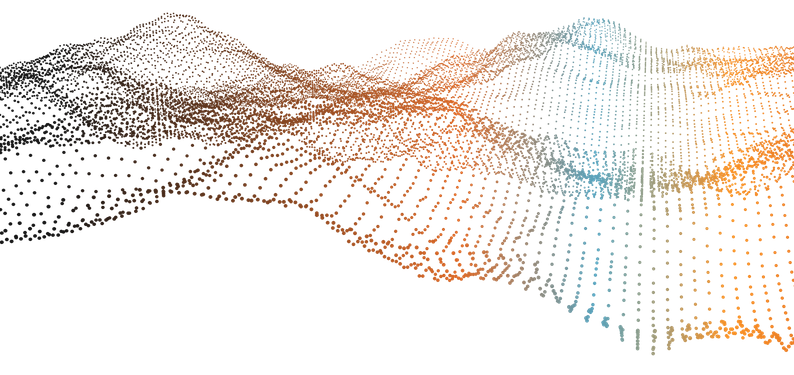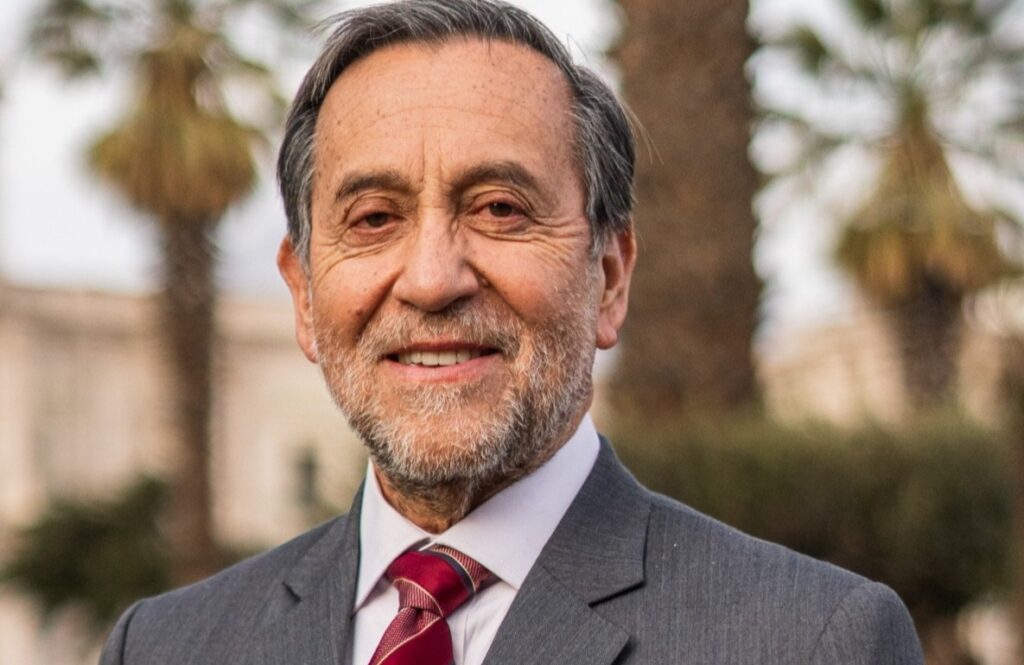
“AI is one of the key technologies driving success in mining exploration”

Miguel Cardozo, President of the PERUMIN 36 Mining Convention, head of one of the most important mining events in the region which recently concluded another successful edition, highlighted that “software for mining exploration using artificial intelligence is being developed that could represent significant savings for companies. However, their application depends on the quality and density of the data collected to feed the artificial intelligence software.”
Last September 29th marked the successful conclusion of a new edition of the PERUMIN 36 Mining Convention, one of the leading mining events in Latin America, which this year carried the theme: “Investment that generates well-being and sustainable development.” We spoke with its president and current CEO of Alturas Minerals Corp, the distinguished engineer Miguel Cardozo, about his perspective on Peru’s potential in mining exploration and the direction of industry innovations in 2023.
What potential does Peru currently have in mining exploration?
Peru has 74 mining exploration projects with a total investment of US$ 586 million, located in 17 departments, predominantly focused on copper. Depending on the project type, these focus on discovering new deposits and extending the life of existing mines. Additionally, we are the country with the largest silver reserves, the third-largest copper reserves, the fourth-largest zinc reserves, and the tenth-largest gold reserves. Regarding lithium, our country registers 880,000 tons in estimated resources, which could place it among the world leaders in reserves of this metal. However, Peru only captured 4% of global mining exploration investment in 2022 (US$ 531.3 million), ranking as the third country with the highest budget in Latin America, behind Chile and Mexico, after having held the top spot in previous years and ranking third globally as recently as 2012.
This decline is due to difficulties and delays in obtaining environmental permits, especially since the enactment of DS-042-2017-MEM, which regulates environmental permits for exploration activities. Of the 74 exploration projects, 30 are underway or awaiting the start of work after being approved by the corresponding authorities, which was not easy for them. On the other hand, the other 44 projects are still in the approval process: 26 are awaiting IGA (Environmental Management Instrument) approval, and 18 already have IGA approval but still require authorization to start activities. Of these latter projects, 3 obtained IGA approval in 2019, 3 in 2020, 2 in 2021, and 10 in 2022, and are still awaiting the start authorization.
What is your view on the use of artificial intelligence (AI) tools in mining exploration?
With the advent of artificial intelligence in the mining industry, the task of identifying new and potentially valuable areas for extraction or drilling has become less complex. This powerful tool systematizes and analyzes geophysical, geochemical, geological, and regional structural data within a single platform to streamline mineral exploration and improve the probability of making a discovery. AI can even work with additional data from remote sensing, gravity, aeromagnetic and radiometric surveys, digital terrain models, computer vision systems, and predictive analytics using historical data. This provides access to a vast amount of information to predict deposit locations and delineate new targets for potential resource areas.
In other words, artificial intelligence is one of the key technologies supporting the success of exploration and the sustainability of the mining industry. Today, for example, software utilizing artificial intelligence for mining exploration is being developed that could represent significant savings for companies. However, its application depends on the quality and density of the data collected to feed the AI software. We must be very firm in reinforcing the practice of collecting all possible data with the utmost quality and representativeness. Without this prerequisite, the results of applied artificial intelligence can be misleading.
Do you think mining companies are prepared to use AI in exploration? Are they aware of the value of its use and its contribution to geologists’ work?
Mining companies generate vast amounts of data concerning geological characteristics, operational performance, and environmental trends. Artificial intelligence can analyze this data more efficiently and rapidly than humans, enabling the identification of potential mineral deposits and the determination of which areas are best avoided. Generally, large mining companies are actively using this data to generate value in their operations, but many others are not. Therefore, it is necessary for these other companies to become more proactive in implementing these solutions if they wish to unlock the potential of new mining zones, as global mineral demand is likely to grow faster than current exploration methods can satisfy.
Where are mining innovations heading in 2023?
Globally, we are observing the development of exploration technologies to search for metalliferous mines and minerals, with the purpose of achieving a sustainable supply of raw materials. Thus, we encounter innovative solutions such as an autonomous robotic prospecting system to identify and analyze polymetallic nodules located in deep-sea areas; sophisticated robots to explore and map flooded mines, recover geological data, and analyze the properties of mine walls; and even non-invasive and socially acceptable mining exploration technologies to harness the hidden potential of new or operational deposits.
Consequently, autonomous systems, big data and artificial intelligence, advanced analytics, robotics, and remote sensing will play an increasingly important role in exploration, provided the industry utilizes them correctly.
However, while these tools have succeeded in reducing risks in operations and increasing productivity through process improvements—enabling more production with fewer resources—it must be emphasized that innovation must also be directed towards social issues, which remains one of the major challenges to this day, as is the case in Peruvian mining.
In other words, innovation must also focus on existing social gaps and address problems such as health, employment, and education, as well as identify the competitive advantages of the regions in which we operate and plan for potential long-term sustainable development scenarios.
This is why, at the Institute of Mining Engineers of Peru, the organizer of the PERUMIN Mining Convention, we have been developing programs like PERUMIN Hub and PERUMIN Inspira for several years to cover both dimensions. PERUMIN Inspira, specifically, rewards social innovation and entrepreneurship in high Andean zones.
